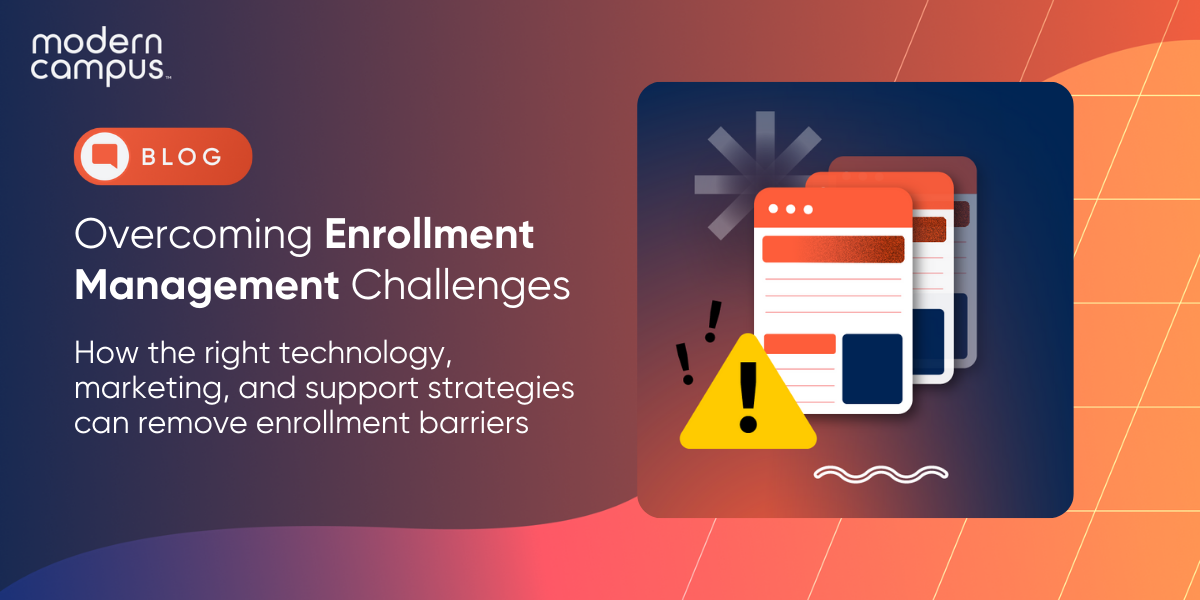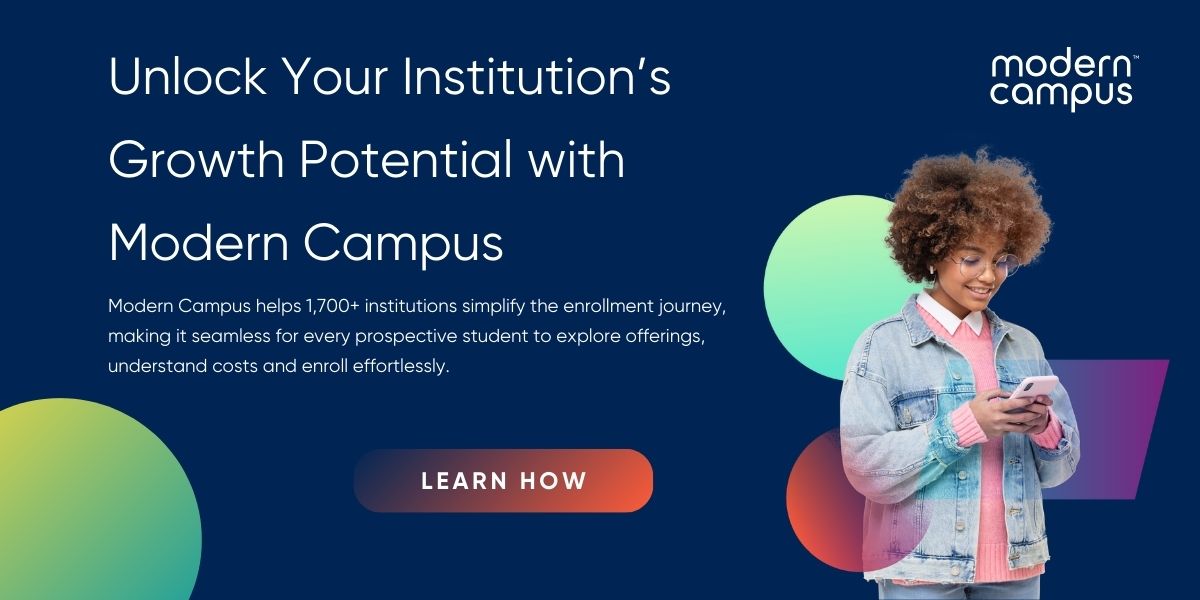Navigating Enrollment Challenges in Higher Education
Colleges and universities have witnessed enrollment declines since 2010, with the exception of a rate increase in 2024.
Experts are predicting a steep decline for 2025 due to lower birth rates following the 2007 recession. Beyond this, a growing number of individuals are facing the harsh reality of unaffordable education, prompting questions about how perceptions of higher education are evolving.
Why are so many students unable to afford college, and why has public perception shifted from viewing college as a necessity to a luxury? Institutions are facing growing concerns over affordability and accessibility, all while enrollment continues to decline.
A successful enrollment strategy extends beyond individual aspirations, significantly impacting the institution's reputation, long-term viability, and bottom line. Every department plays a role in increasing enrollment by delivering an exceptional student experience. From offering engaging courses to ensuring a supportive environment, each university department contributes to attracting and retaining students.
This collective effort ultimately shapes the institution's success and influence while ensuring all learners have a shot at earning a credential.
External Barriers to Enrollment
There are fewer traditional-aged students, and shifting opinions have decreased demand for higher education. Additionally, students have alternative options beyond traditional brick-and-mortar colleges such as:
- Boot camps
- Apprenticeships
- Start-up incubators
- Self-directed learning through free online courses, podcasts, books, YouTube videos, and even military service
Financial constraints remain a major challenge to many prospective students, with rising tuition fees and limited financial aid making college inaccessible. Economic uncertainty and fluctuating job markets may also deter individuals from enrolling, in favor of immediate employment instead.
Geographic barriers—like distance from campus or lack of reliable transportation—make access even harder, particularly for rural learners.
Societal pressures, including familial responsibilities and cultural expectations, can also compound the impact of external barriers on educational enrollment.
To address these challenges, systemic interventions must enhance affordability, accessibility, and social support structures to ensure equitable access to higher education.
Internal Barriers to Enrollment
Facing introspection can be uncomfortable, yet institutions must not overlook the role of internal dynamics in declining enrollments.
Outdated or unappealing academic programs may fail to resonate with prospective students, leading them to alternative educational opportunities. Additionally, ineffective marketing and recruitment strategies can result in reduced visibility and competitiveness in attracting potential applicants.
Poor campus facilities and infrastructure, including inadequate student resources or outdated technology, may also deter students from choosing the institution.
Campus culture issues, like lack of diversity or inclusion, can influence enrollment decisions. Administrative inefficiencies, such as cumbersome registration processes or insufficient support services, can create barriers to enrollment and retention.
Addressing these internal challenges is crucial to enhance institutions’ attractiveness and competitiveness in the higher education landscape.
Overcoming Enrollment Management Challenges
Higher education institutions can harness technology to revamp enrollment procedures and tackle enrollment hurdles. This involves developing smoother application processes, offering flexible enrollment choices, and providing crystal-clear guidance to prospective students.
Some additional technological perks include:
- Round-the-clock support through conversational text messaging
- Personalized recruitment efforts
Institutions can use data analytics to uncover trends and insights to guide their outreach strategies, while automation and AI alleviate the burden of mundane tasks.
Additionally, platforms like Modern Campus have played a crucial role in boosting enrollments through various technological products, which help institutions develop an intuitive web experience, enhance course and program catalogs, and leverage SMS text messaging to communicate with students who have not completed the enrollment process.
Through technology and innovative solutions, institutions can adapt their enrollment process to increase rates effectively. By building a strong institutional brand, they can showcase their unique strengths and values, attracting a diverse student population. Enhancing marketing and communication strategies increases their reach, whether through social media, targeted ads, or personalized outreach.
Diversifying communication channels to meet the evolving preferences of today's students is crucial. In addition to traditional methods like websites and email, students want to connect with institutions through social media platforms, texting, YouTube channels, and more.
Additionally, accessibility and inclusivity play a huge role in attracting potential students. Creating a welcoming, supportive environment helps institutions break down barriers to education and ensure that every student can thrive.
By combining these efforts, higher-ed institutions can significantly increase enrollment rates and set themselves up for success in the long run.
Getting Back on Track
Students have more on their plates than ever—between balancing academics, co-curricular experiences, work, and personal responsibilities, the enrollment process shouldn't be another source of stress.
To stay competitive, higher education institutions must streamline and simplify the student journey, ensuring that enrolling and succeeding are achievable goals.
Last updated: March 1, 2024





